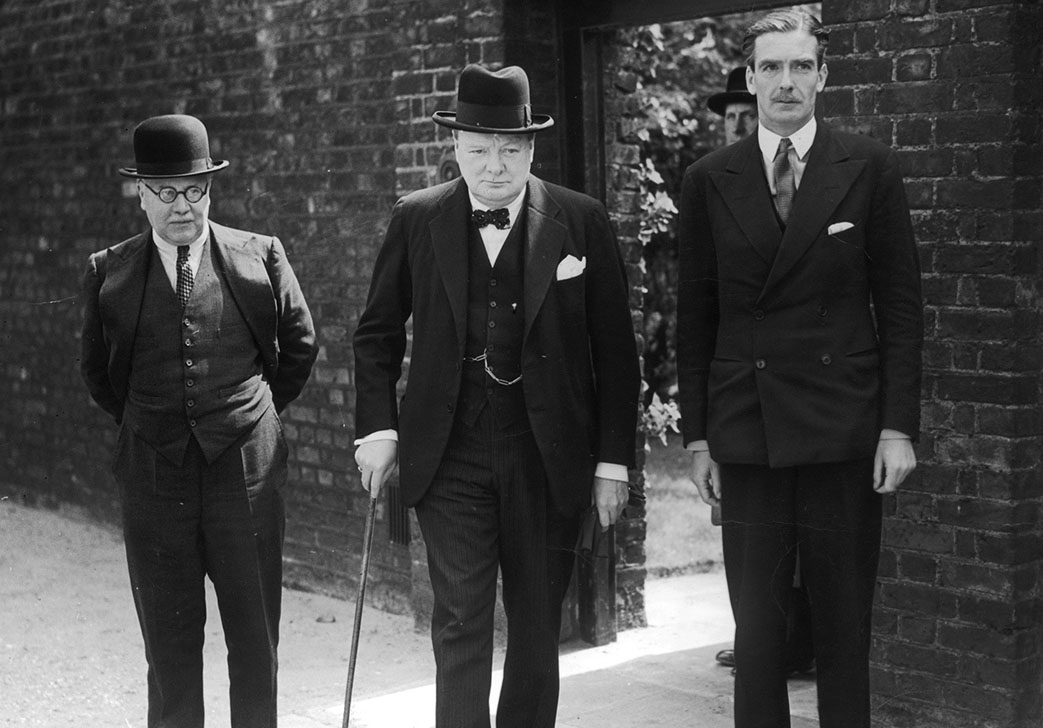| World War II Timelines: 1939 1940 1941 1942 1943 1944 1945 |
1940
8-Jan-1940
Food Rationing
Food rationing started with butter, bacon, ham, and sugar. By March 11, 1940, the rationing was expanded to include all types of meat. Other essential items, such as tea, jam, biscuits, breakfast cereals, cheese, eggs, lard, milk, canned and dried fruit were also rationed, mainly in the first half of 1942. Food rationing in Britain ended on July 4, 1954.
Apr/Jun 1940
Operation Weserubung:
Germany invades Denmark & Norway
On 9-Jul-1940 Germany attacked Denmark and Norway aiming to secure vital naval bases and iron ore supplies from Sweden. Denmark surrender on 9 April 1940 and Norway surrendered on 9 June 1940.
10-May-1940
Churchill becomes Prime Minister

Neville Chamberlain resigned as Prime Minister of the United Kingdom, and Winston Churchill, a vocal critic of Chamberlain’s policy of appeasement, became his successor, leading a national unity government during the Second World War.
14-May-1940
Home Guard Formed
The Home Guard was originally formed as the Local Defence Volunteers in 1940 and was responsible for guarding coastal areas and factories from invasion. It was disbanded in 1945.
26-May-1940
Operation Dynamo: Dunkirk
Operation Dynamo (the Dunkirk evacuation) was a WWII Allied military operation where over 338,000 British and Allied troops were rescued from the beaches and harbor of Dunkirk, France, between May 26 and June 4, 1940, after being trapped by German forces.
13-Jun-1940
East worlington hosts evacuees
At a meeting of the South Molton Rural District Council the Clerk, Mr C. B. Willey informed those present that about 830 evacuees were expected that Thursday evening, more to follow on Friday and Saturday: East Worlington was initially expected to host 56 of the Saturday evacuees.
10-Jul/31-Oct 1940
Battle of Britain
The Royal Air Force (RAF) successfully defended the United Kingdom against a series of German Luftwaffe (air force) , preventing a potential invasion.
27-Sep-1940
The Blitz starts
The “Blitz” is the sustained period of German bombing raids on British cities, starting in September 1940 and lasting until May 1941. The Luftwaffe focused on key cities and towns, including London, industrial centers, and portsin order to cripple Britain’s war effortand demoralize of the civilian population.
